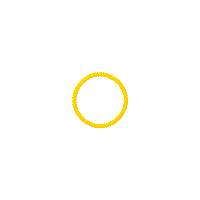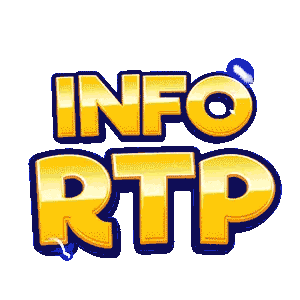MENU







































Fosil77 Situs Slot Online Terpercaya Indonesia Hari Ini 2024 adalah website judi online terbaik saat ini di seluruh penjuru Indonesia. Dikenal secara menyeluruh berkat berbagai platform media sosial populer seperti Facebook, Twitter atau X, Instagram, maupun YouTube, situs slot online hari ini memberi solusi cepat untuk bermain slot secara aman tanpa takut kendala penggelapan dana maupun kebocoran data. Customer service yang sigap selama 24 jam sehari siap menyambut melalui WhatsApp, LiveChat, maupun jalur Telegram sehingga semuanya dapat bermain slot gacor hari ini dengan nyaman.

undian berikutnya:
| Indonesia | |||
| indonesian | English | Mandarin |



